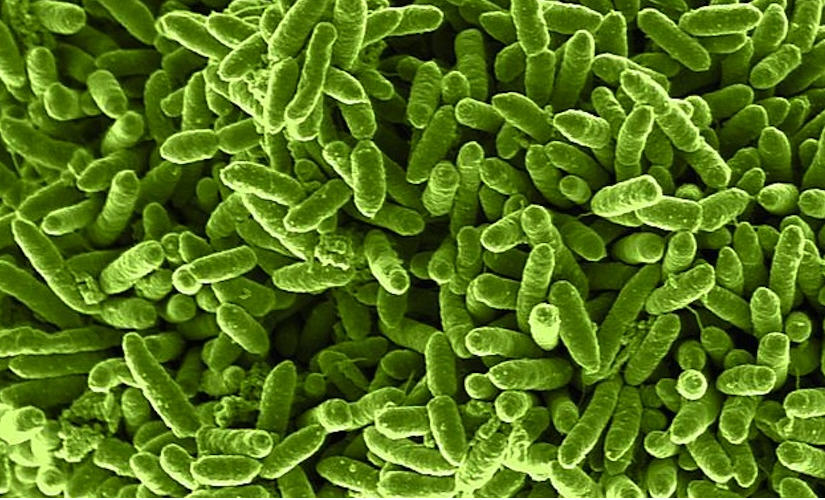One process, developed by researchers at Michigan State University, mimics the natural mechanism of waste digestion and generates 20 times more energy than existing processes by creating ethanol and hydrogen for fuel cells.
Two bacteria are better than one
Instead of using one microbe to break down cellulose in a fermenter, Gemma Reguera, an associate professor of Microbiology and Molecular Genetics from Michigan State University, is using two bacteria.
The process recreates a symbiotic relationship between bacteria and fungi – the same relationship responsible for breaking down organic material in nature.
The technology goes by many names, including microbial electrolysis cells, and microbial electrochemical cells, but the guiding principle remains the same: using microbes to digest waste and produce a usable by-product. These by-products include hydrogen and ethanol.
A chemical pretreatment on the organic matter synthetically reproduces the fungi’s role in the process. The researchers then screened bacteria to find the two that could work together to efficiently degrade the feedstock.
Using two bacteria instead of one is unique, but extremely useful: in the device, one bacterium creates ethanol and non-ethanol fermentation products, and the other converts these products into electricity. The electrons are removed to produce hydrogen, which is stored in a fuel cell to create electricity.
Cells of the bacteria Shewanella putrefaciens CN32.Courtesy Department of Energy
The fermentation process alone recovered around 50 percent of the energy as ethanol. Add in the production of hydrogen, and the energy recovery reaches 73 percent.
Once scaled up and further optimized, Reguera sees this research allowing farmers to process their agricultural wastes into ethanol and hydrogen, which can be stored and used as a household or transportation fuel.
Waste powered waste treatment
Meanwhile, in Arizona, Cesar Torres, an assistant professor of Chemical Engineering from Arizona State University, and his team envision a future where the energy from our waste is used to power the facilities that treat it.
His research is focused on identifying and solving problems that limit electrical output in microbial electrochemical cells. The paper published by his team in the journal ChemSusChem outlines and provides some solutions to the problem of losing voltage at the cathode in microbial fuel cells.
Torres expects more fundamental knowledge about microbial fuel cells to lead to solutions that increase power outputs to economically attractive levels. Many companies are currently investing in commercializing these technologies for various applications, says Torres. For example, his team is working with a company seeking to commercialize a technology that turns food and beverage waste into hydrogen.
But Torres also sees a future for this technology at a city-wide scale. The result, researchers hope, could be municipal wastewater treatment plants that are energy neutral, or even energy positive.
“A big step now is the path towards commercialization,” says Torres. “Hopefully, through more fundamental research, we can get to the point where we can design a good microbial fuel cell that can be used commercially.”






Comments